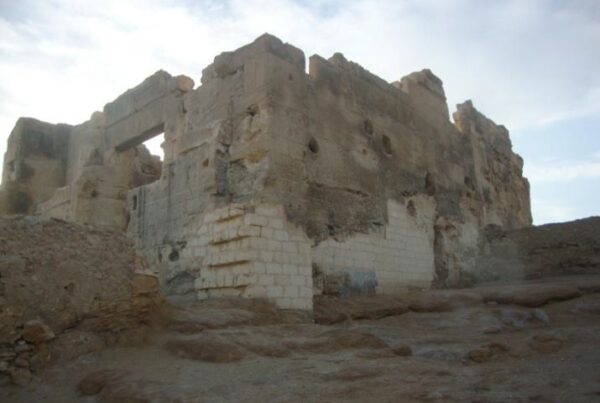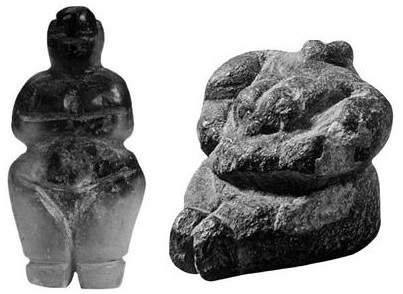by Kaifeng Li, Panpan Gong, Hainan Hu, Wenyan Jia, Xiaoli Liu and Wenhua Gao
ABSTRACT
Remarkable spatial differentiation of human subsistence strategies existed during the Longshan period (~4.6-~3.9 ka BP) in the Yellow-Huai River Area; however, its external driving factors remain unclear due to the poor understanding of local physical environmental settings. In this study, we first compiled the information on spatial variabilities of physical environmental conditions and human subsistence strategies during the Longshan period within and around the Yellow-Huai River Area, then compared the relationships between local environmental conditions and human subsistence strategies. The results show that the mixed millet-rice farming mode was widespread during the Longshan period in the study area, but exhibiting lower (higher) proportion of rice (millet) in the circumjacent highlands than in the lowlands. In the circumjacent highlands, the persistent East Asian summer monsoon weakening during the Longshan period caused obvious water supply reduction due to the decline of monsoon-related precipitation and the shrinkage of pre-existing surface water. Consequently, prehistoric humans likely preferred to plant more less-water-requirement crops (i.e., millet) to adapt to the drier environmental conditions, resulting in the decreasing proportion of rice in human cropping structure. Whereas, although regional precipitation decline also occurred during the Longshan pe-riod in the lowlands of the study area, many regional rivers running from surrounding highlands flowed into the lowlands for their saucer-shaped topography. Subsequently, the lakes and marshes were still wide devel-opment in the lowlands, thus, there was a sufficient and steady water supply for rice farming, causing higher proportion of rice in human cropping structure during the Longshan period in the lowlands of the Yellow-Huai River Area.
![]()



